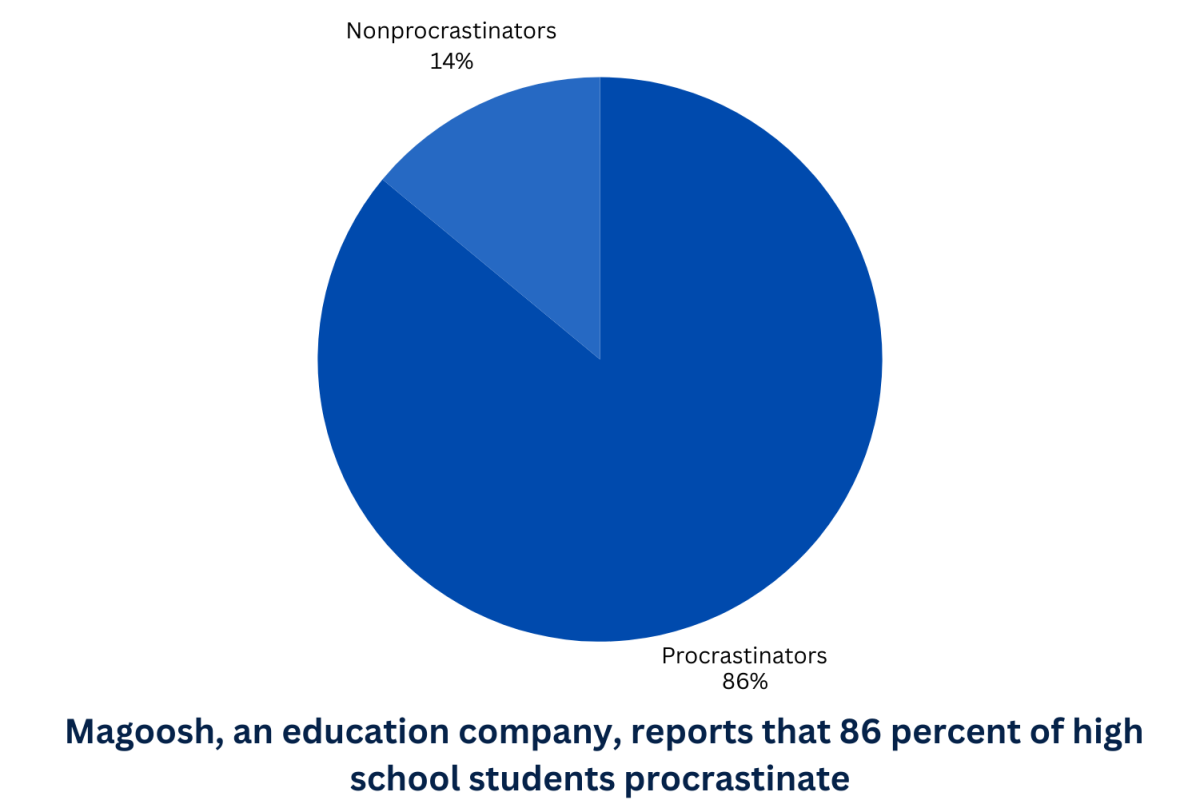As the next class of seniors begins to apply to college, many students pick different times and ways to apply. Whether through the Common Application or not, every student has a deadline; however, it is up to the student to choose which deadline best fits their needs. The differences between early decision and early action can sometimes be brushed aside, without a complete understanding of the advantages and disadvantages between the two.
Early decision is the application process of applying to the school with the commitment of going to said school, if accepted. Prem Acharya, an involved senior, explained the common dislike of the early decision application that he has heard expressed from his friends.
“I have some friends who greatly dislike early decision because they feel that they would be binded to a school,” Acharya said.
As a senior, I have never been drawn to the early decision application. Being forced to know where I would be going to school with an entire year ahead of me seems daunting. Furthermore, I have seen many older friends undergo minor to major changes throughout their senior year. I believe that these changes could absolutely impact the desired college or university that seniors want to attend.
With this being said, if a student has a complete drive to attend a university of their choice, early decision would be key in the application process. Not only would universities review these applications first, but being accepted could also take the pressure off for these students. Early decision applications are also said to increase the chances of being admitted into the university.
Early action is a college application process that allows students to apply before the school’s regular deadline, so they can find out if they have been admitted before or around the new year, this being 2025 for current seniors.
“Early action is nice because you get to know early,” Acharya said. “It does not necessarily increase your chances of getting in though.”
According to Common App, 53% of students apply early action, making it the most common deadline chosen by students. Although not necessarily able to increase the chances of acceptance, this is the deadline that many seniors, including myself, have chosen for their application process.
Early action and early decision prove to be the most common application deadlines for students who choose to apply towards the beginning of the application process. However, another less common deadline also presents itself to students.
Restrictive early action is somewhat of a hybrid between early action and early decision. This application deadline is used by students who swear by only submitting early action to one private university. Notably, schools like Notre Dame, Harvard and Stanford provide this option to students. Although it does not bind you to a school, this option does restrict students from the opportunity of applying early action to other universities.
When choosing where and when to apply to colleges, it is crucial to weigh the pros and cons of each school. Although less spoken of, it is also extremely important to understand the deadlines provided by schools.








